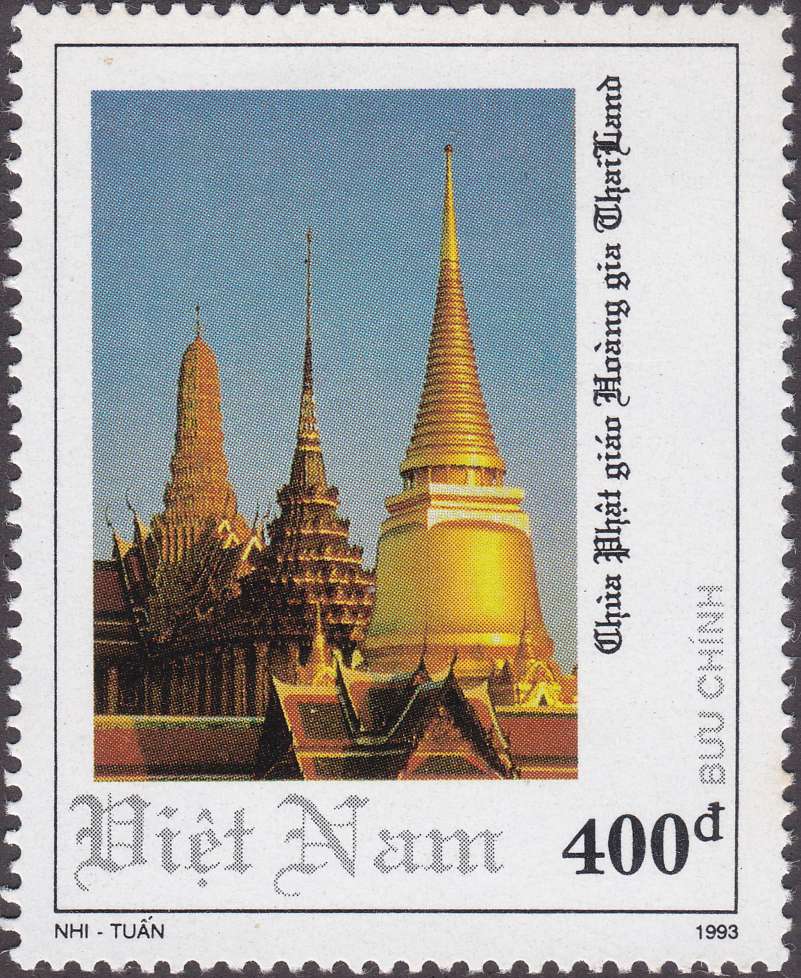WORLD BUDDHIST STAMPS e.GALLERY
bringing the buddhist world at the comfort of your home
| Royal buddhism pagoda - Thailand | |
Stamps featuring the Royal buddhism pagoda - Thailand
Buddhism in Thailand is largely of the Theravada school, which is followed by 95 percent of the population. Thailand has the second largest Buddhist population in the world, after China, with approximately 64 million Buddhists. Buddhism in Thailand has also become integrated with folk religion as well as Chinese religions from the large Thai Chinese population. Buddhist temples in Thailand are characterized by tall golden stupas, and the Buddhist architecture of Thailand is similar to that in other Southeast Asian countries, particularly Cambodia and Laos, with which Thailand shares cultural and historical heritage.
Buddhism is believed to have come to what is now Thailand as early as the 3rd century BCE, in the time of Indian Emperor Ashoka. Since then, Buddhism has played a significant role in Thai culture and society. Buddhism and the Thai monarchy has often been intertwined, with Thai kings historically seen as the main patrons of Buddhism in Thailand. Although politics and religion were generally separated for most of Thai history, Buddhism's connection to the Thai state would increase in the middle of the 19th century following the reforms of King Mongkut that would lead to the development of a royally-backed sect of Buddhism and increased centralization of the Thai Sangha under the state, with state control over Buddhism increasing further after the 2014 coup d'état.
Thai Buddhism is distinguished for its emphasis on short-term ordination for every Thai man and its close interconnection with the Thai state and Thai culture. The two official branches, or Nikayas, of Thai Buddhism are the royally backed Dhammayuttika Nikaya and the larger Maha Nikaya.
|
|
| Issued Country | Vietnam |
| Issued Year | 1993 |
| Category | Buddhist Architect World Heritage Buddhist Symbol |
| Type | Postage Stamps |
